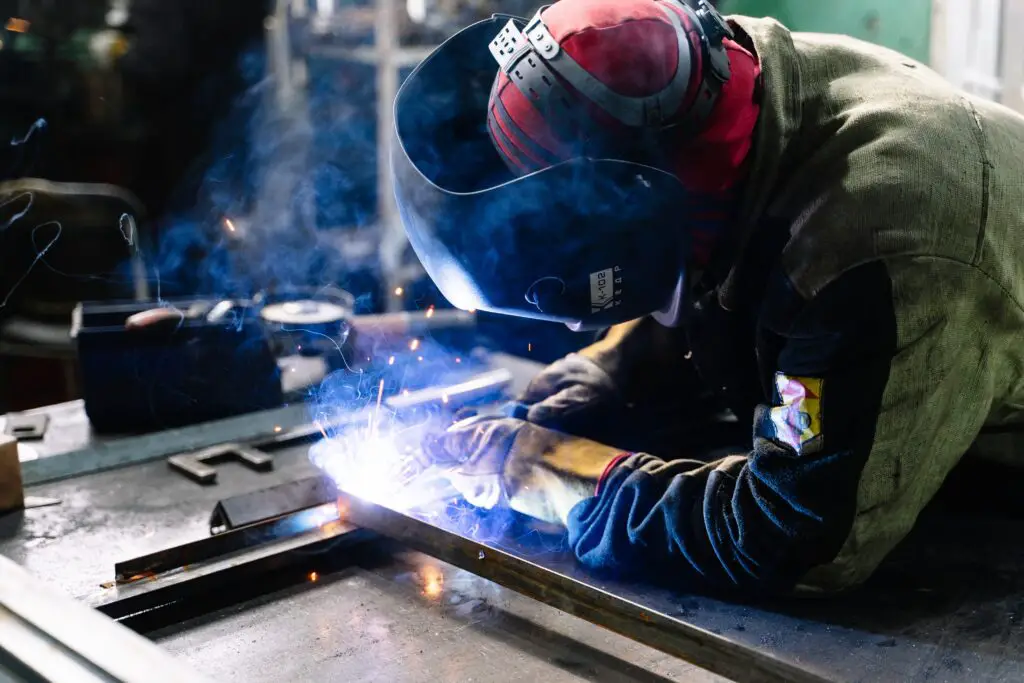What is a Welding Rod?
Welding rods, also known as welding electrodes or filler rods, play a vital role in the welding process.
They are consumable materials that provide heat and add filler material to create strong and durable weld joints.
What are the types of Welding Rod?
There are two types of welding rods:
Consumable and Non-consumable.
Consumable rods break down or melt to create the adhesive substance that joins two metal parts.
Non-consumable rods, on the other hand, only offer enough catalytic reactivity with the base metals to spread their fusing in an atmosphere rich in oxygen.
Any continuous bead’s length is directly proportional to the welding rod’s length.
Composition and Coatings:
Welding rods are composed of different materials based on the welding process and the metals being welded.
Common materials used in welding rods include mild steel, stainless steel, cast iron, aluminum, and various alloys.
The selection of the rod material depends on its compatibility with the base metal and the desired mechanical properties of the weld.
Welding rods are coated with flux materials that serve multiple purposes.
The flux coating produces a shielding gas when it melts, protecting the weld pool from atmospheric contamination.
It also creates a layer of slag over the weld bead, acting as a barrier against impurities and assisting in cooling the weld.
Additionally, the flux coating contains substances that aid in deoxidation and arc stability during the welding process.
Selection and Application:
Selecting the appropriate welding rod is crucial for achieving successful welds.
Factors to consider include the type of base metal, welding process, joint configuration, desired weld characteristics (strength, ductility, corrosion resistance, etc.), and specific industry standards or codes.
Key considerations for welding rod selection include electrode composition, diameter, and coating type.
It is essential to choose an electrode with a composition compatible with the base metal to ensure a sound weld with the desired mechanical properties.
The electrode diameter should be selected based on welding current, joint thickness, and weld position.

Additionally, the choice of flux coating type depends on the welding process and the desired weld characteristics.
Proper welding procedures, including electrode storage, pre-cleaning of base metals, and maintaining suitable welding conditions (current, voltage, travel speed, etc.), should be followed.
Adhering to safety guidelines, such as wearing protective gear and working in well-ventilated areas, is crucial for personal safety during welding operations.
The table below shows the latest retail March 2024 prices of Welding Rods in Philippine Peso price per pieces including its size and specs.
Price and Standard Sizes of Welding Rods per pc in the Philippines
| DESCRIPTION | SIZE / DIMENSION | UNIT | PRICE |
| Welding Rod | 308 (3.2mm) | 1 KG | 580.00 |
| Welding Rod | 6011 (3.2mm) | 1 KG | 175.00 |
| Welding Rod | 6011 (3.2mm) | 1 BOX | 2750.00 |
| Welding Rod | 6013 (3.2mm) | 1 KG | 137.00 |
| Welding Rod | 6013 (3.2mm) | 1 BOX | 2200.00 |
UPDATED: Construction Material Prices for BI Sheet in the Philippines (March 2024)
UPDATED: All Construction Prices are based on retail prices around hardware in Metro Manila
To see other material construction, please see here.
To know other construction guides, tips, and methodology for beginners, veterans, and contractors, please see here.

